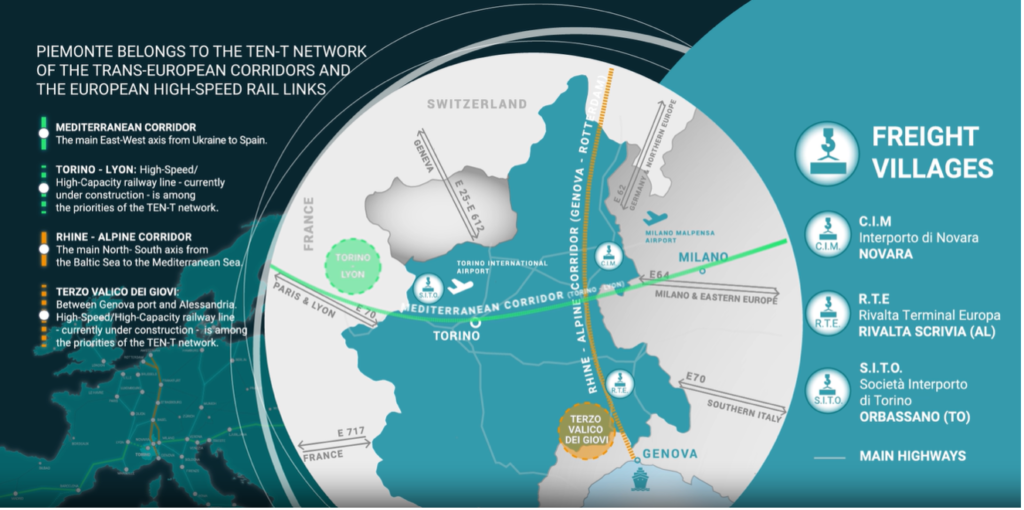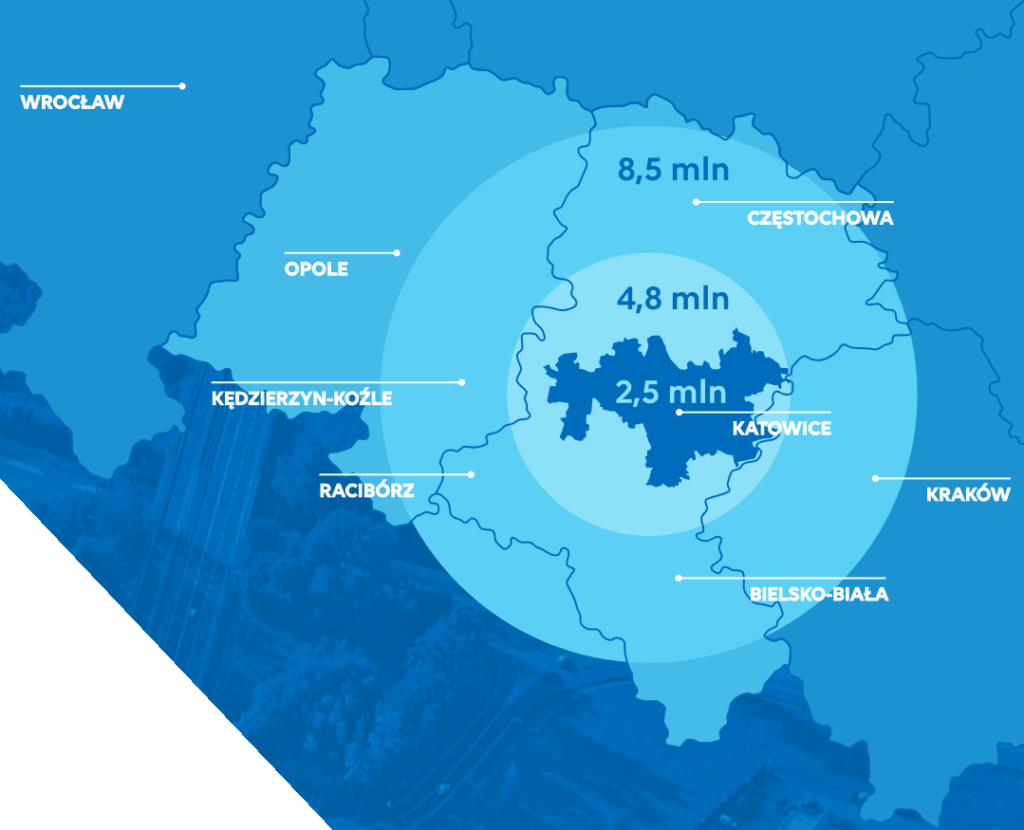Manufacturing SMEs’ sustainability strategies in regional and sectoral ecosystems
In the twin transition of the European industry, the manufacturing industry and its SMEs play a crucial role in achieving the set sustainability goals across the three dimensions: environmental, social and economic. This paper aims to better understand the sustainability strategies of manufacturing SMEs and their relationship with regional and sectoral ecosystems. It also aims at identifying success factors and obstacles faced by manufacturing SMEs in their efforts to become more sustainable. Four research questions guide the work:
- What aspects of sustainability in manufacturing are of particular relevance and interest of the manufacturing SMEs?
- What is the SMEs’ motivation to start the process of introducing sustainability measures?
- What are challenges and success factors faced by manufacturing SMEs in terms of planning and implementing sustainability measures?
- What role do internal and external actors play and what are the connections to the regional and sectoral ecosystems?
Methodology
The report examines different kinds of data, including a comprehensive literature review, analysis of Self-Assessments from the SAT tool, information from the funded sustainability projects of the Open Call 1 in the greenSME project, interviews with manufacturing SMEs, and interviews with cluster representatives from selected regional pilot ecosystems conducted.
Background
SMEs are facing a range of challenges, including rising costs, disrupted supply chains, high inflation, shortage of qualified workers, and digitalisation. High costs and inflation are largely due to the Covid-19 pandemic, the war in Ukraine, disruptions in supply chains, and uncertainty about energy costs. Considering these overarching challenges, SMEs need to adjust their business models to address resource scarcity, including a focus on sustainability. However, SMEs often lack the resources to establish structures similar to those of large companies for development.
For the analysis of the regional sectoral ecosystems, the authors developed an understanding of regional sustainability ecosystems based on literature about business and innovation ecosystems. The following table explains the important elements.
| Regional Sustainability Ecosystem Elements | References | |
| Access to Knowledge and Resources | Funding and Finance | Jiang et al., 2022; Zhang et al., 2021 |
| Partnerships | ||
| Supply chain networks | ||
| Research institutions and universities | ||
| Government agencies and regulatory bodies | ||
| Technology development platforms and innovation hubs | ||
| Knowledge-sharing networks and communities | ||
| Collaboration and co-creation | Collaboration and co-creation among actors of the ecosystem on business and innovation (projects, joint ventures etc.) | Eckhardt et al., 2021; Ketonen-Oksi & Valkokari, 2019 |
| What networking activities are offered? | ||
| Market Access and Commercialisation | Access to distribution channels, networks, and market platforms | Huang et al. 2018; Leone et al., 2021 |
| Any support in terms of commercialisation | ||
| Policy and Regulatory Support | Any policy and regulations in support of sustainability | Clarysse et al., 2014; Rinkinen & Harmaakorpi, 2019 |
| What is the role of the actors and of collaboration in facilitating compliance with sustainability standards and certifications? | ||
| Capacity Building and Learning | Are there any practices of mentorship, guidance, coaching, training on sustainable business models/ strategies/practices/ products/processes? | Álvarez Arregui et al., 2017; Walrave et al., 2018 |
The literature review on the relationship between SMEs and their regional ecosystems shows that SMEs must engage with external partners on matters of innovation, sustainability, and business competitiveness. The establishment of decentralized ecosystems centred around shared value propositions is the basis of the Open innovation approach. This approach encourages collaboration and partnerships with a variety of stakeholders to drive innovation more efficiently and effectively. This paradigm shift motivates firms to engage in partnerships, licensing agreements, and other collaborative arrangements to enhance their innovative capabilities and achieve competitive advantages. The role of open innovation in SMEs has received increased interest in recent years. The value creation process is supported by shared objectives and financial backing from the ecosystem stakeholders, while companies must manage a balance between their primary activities and their commitment to collaborative efforts.
Empirical results
1. What aspects of sustainability in manufacturing are of particular relevance and interest of manufacturing SMEs?
The Sustainability Assessment Tool (SAT), developed by the greenSME project partners, allows SMEs to test their sustainability status across environmental, social, and economic dimensions. 43 SAT reports were developed for the first open call period (2023), where indicators were calculated for the general sustainability score and its three pillars. The results show that the calculated and expected sustainability performance for the economic pillar deviate the least, while the social pillar has the largest performance gap. The variability in SME responses suggests a diversity of knowledge and understanding regarding sustainability and its integration into business operations. Some SMEs demonstrate a clear commitment to sustainability, while others may require further education or support.
The review of 41 ASAPs highlighted “Processes and production system” as the most critical action field for 41% of the assessed organisations, emphasising the need for efficiency improvements in production processes. Energy, materials, workplace, skills, and training were also identified as crucial action fields for approximately 30% of SMEs. Stakeholders’ engagement was deemed most important for 34% of organisations but least important for 39% (Deliverable 3.3, Kononova et al. 2024). Sustainable Business Model Innovation was acknowledged by 41% of organisations as important and by 24% as less important.
These findings were echoed by the interviews conducted. Energy management also surfaced as a significant topic, encompassing initiatives such as purchasing electricity from renewable sources, installing solar panels, and implementing energy reduction measures. Materials management was another commonly identified action field, with a focus on using alternative sustainable materials and using materials more efficiently. Additionally, interviewees frequently discussed the importance of reporting environmental sustainability indicators, such as life cycle assessments, carbon footprint, waste production, and others. These reports are often linked to the certifications required for market eligibility and supplier approval.
Social sustainability aspects were also highlighted, including workers’ safety, work-life balance, training and upskilling, gender equality, and establishing a new sustainable business model, selling a product with greater longevity compared to previous offers.
2. What is the SMEs’ motivation to start the process of introducing sustainability measures?
Important internal drivers of sustainability for manufacturing SMEs include the commitment of the owner or CEO to sustainability goals, as well as the company’s efforts to increase efficiency, productivity, profitability, and competitiveness. External motivators include customer requirements, regulations, high costs and the need to reduce them, competition for employees, and the rising sustainability of similar companies.
3. What are challenges and success factors faced by manufacturing SMEs in terms of planning and implementing sustainability measures
Challenges for the SMEs in planning and implementing sustainability measures are:
- The cost of investments required for sustainability
- Scarcity of adequate funding schemes for SMEs
- The rapid pace and complex design of environmental and social regulations
- Increase of product prices due to sustainability solutions
- Uncertainty about which actions are genuinely beneficial and which technologies can enhance sustainability and fit the company (often combined with inherent constraints of the production process)
- Uncertainty about real outputs and adequate goals and KPIs
- Resistance from employees
- Uncertainty of reception by the public or customers (not worth it if perceived as greenwashing)
Success factors are:
- Adapted financial instruments and funded open calls
- A robust knowledge and information base provided by consultants, networks, collaborations, or research projects
- Successful relationship and collaboration with partners, including Universities, R&D Institutions, or Competence Centres, which are essential for the practical implementation of sustainability measures and strategies, complementing SMEs’ capabilities and facilitating operational success.
4. What role do internal and external actors play and what are the connections to the regional and sectoral ecosystems?
Manufacturing SMEs operate within ecosystems that extend beyond formal cluster memberships, involving significant roles played by policymakers, consultants, and education providers. While clusters inform SMEs on current topics, essential support often comes from paid service providers, such as consultants and training providers. Financial resources are critical for SMEs’ sustainability, with funding typically managed by public entities, influencing the development of targeted funding programs.
Government initiatives are vital for regional economic support structures, including clusters, economic development agencies, and tax incentives. For instance, Poland’s special economic zones highlight such efforts. However, SMEs often view governments as disconnected policymakers imposing regulations that complicate operations.
Clusters and networks are valuable to SMEs, providing necessary support such as:
- Identifying partners and service providers
- Organizing information events and trend forecasting
- Assisting in finding land and facilities
- Supporting funding opportunities at various levels
Consultancies help SMEs identify improvement areas and influence actions, while banks play a crucial role by offering loans, despite often hesitating to support long-term investments. Partnerships with universities and R&D institutions are leveraged for acquiring new knowledge and implementing sustainability measures.
Regional ecosystems also involve SMEs partnering with similar firms for knowledge exchange and shared experiences. The commitment of CEOs significantly influences SMEs’ sustainability goals. Strong leading companies within pilot regional ecosystems foster industrial clusters, innovation, and collaboration.
Technical universities and industry associations support sustainability issues, while NGOs and citizens are underrepresented. Regional administrations facilitate SMEs’ access to funding programs, with clusters acting as brokers. There is a need for better SME-friendly funding programs and regulations, highlighting the importance of cooperation with policymakers. The pilot regional sectoral ecosystems fulfil all elements of the regional sustainability ecosystem approach, and manufacturing SMEs benefit greatly from the support of their ecosystems.1
[1] The Executive Summary encompasses paragraphs that have been written based on a summary of this original text generated with the AI-based tool Semrush at https://de.semrush.com. This summary has then been reviewed and corrected by the authors.



